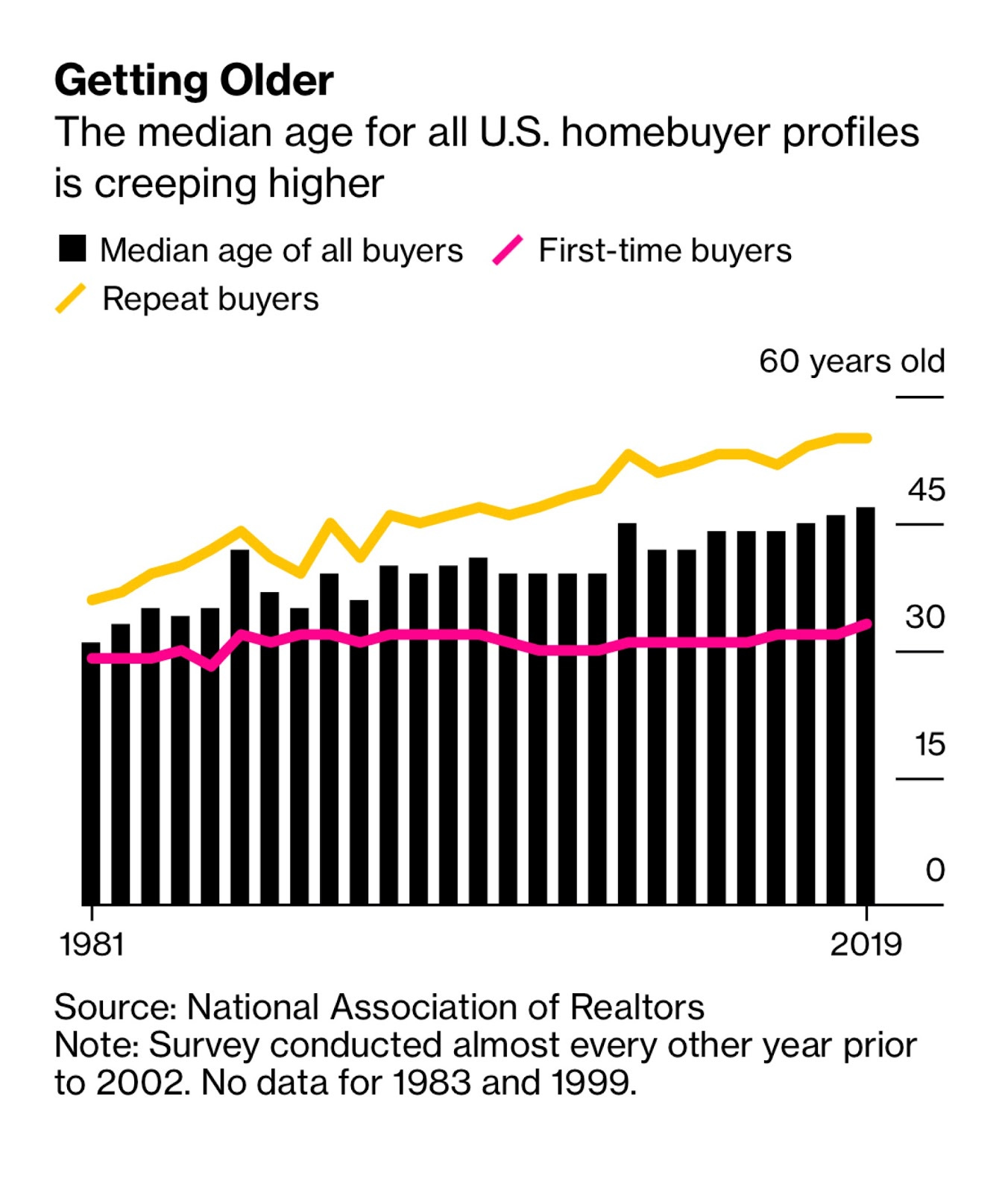Why is this interesting? - The Safe Driving Edition
On ride-sharing, drinking, and third-order effects
Colin here. For all the bad press, shady ethics, and systemic problems, one of the bright sides of ride-sharing was how it changed going out in cities. Even car-obsessed places like LA now just leave the wheels at home if even one drink is going to be in the cards. It's embedded in the culture and the data bear it out. According to an Economist piece, “One study published in 2017 found that after Uber’s arrival in Portland, Oregon, alcohol-related car crashes declined by 62%.” Another independent study found that “in four boroughs of New York City, excluding Staten Island, there has been a 25 to 35 percent reduction in alcohol-related car accidents since Uber came to town in 2011, as compared to other places where ride-hailing company doesn’t operate.”
Why is this Interesting?
This is great and was touted as a dollop of good PR and net positive societal effect amidst a lot of turmoil within the industry. However, it would appear things are a bit more complicated. As we’ve talked about a bunch here in the past, it’s not the first- or second-order effect you’ve got to watch out for, but the third. In this case, it looks like the availability of ride-sharing might now be leading to more binge drinking. According to the Economist:
A new study by three economists—Jacob Burgdorf and Conor Lennon of the University of Louisville, and Keith Teltser of Georgia State University—finds that the widespread availability of ride-sharing apps has indeed made it easier for the late-night crowd to binge.
By matching data on Uber’s availability with health surveys from America’s Centres for Disease Control, the authors find that on average alcohol consumption rose by 3%, binge drinking (in which a person downs four or five drinks in two hours) increased by 8%, and heavy drinking (defined as three or more instances of binge drinking in a month) surged by 9% within a couple of years of the ride-hailing company coming to town. Increases were even higher in cities without public transport, where the presence of Uber led average drinking to rise by 5% and instances of binge drinking to go up by around 20%. (Heavy drinking still rose by 9%.) Remarkably, excessive drinking was actually declining before Uber’s appearance, giving further evidence that the firm’s arrival affected behaviour.
An interesting additional data point cited here is the nightlife labor market also tends to benefit. The study’s authors found “employment at bars and restaurants increases by an average of 2% whenever Uber enters the market.”
While there’s a real rise of non-drinking culture, it is also clear that this newfound freedom has sent some people in the other direction. The study brings something interesting to the policy discussion, namely, that “the net social impact of ridesharing is more complicated than the existing literature and policy debates suggest.”
It is great that DUIs (in itself a life-changing bad bad thing to happen to someone) and even worse, drinking-related accidents, are down because people have a simple, convenient option at the press of a button. But from a public health standpoint, this very same availability looks like it may also encourage people to throw caution to the wind and really go for it. (CJN)
Chart of the Day:
From Bloomberg: “The median age of first-time home buyers has increased to 33, the oldest in records dating back to 1981, according to a National Association of Realtors report released Friday. The median age of all buyers also hit a fresh record, 47, increasing for a third straight year -- and well above the median age of 31 in 1981.”

Quick Links:
Tips on how to fix your calendar Postlight partner Meredith Franzese. Lots of little worthwhile tips including “I’ve put an all-day calendar block on my Tuesdays and Fridays that is public and says ‘Message me if you need to schedule a meeting during this time’.” (NRB)
Since we’re about to officially be post-Blade Runner (set in November, 2019), here’s the Wikipedia page for stories set in a future now past. (NRB)
Sam Kestenbaum tracked down Keano, the psychic who’s cards litter subways all over New York City, for The New York Times. (NRB)
Thanks for reading,
Noah (NRB) & Colin (CJN)
Why is this interesting? is a daily email from Noah Brier & Colin Nagy (and friends!) about interesting things. If you’ve enjoyed this edition, please consider forwarding it to a friend. If you’re reading it for the first time, consider subscribing (it’s free!).


